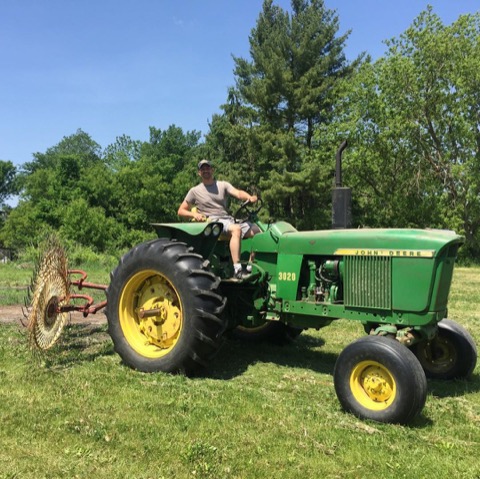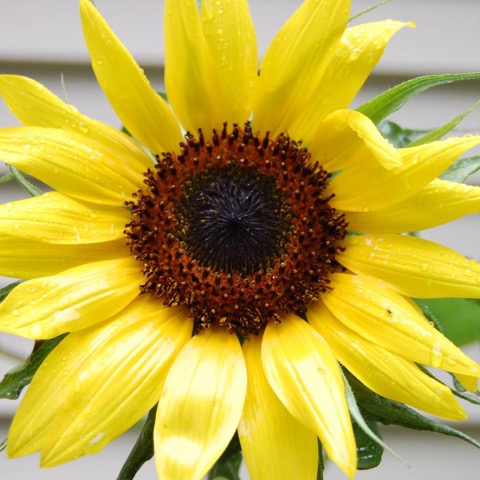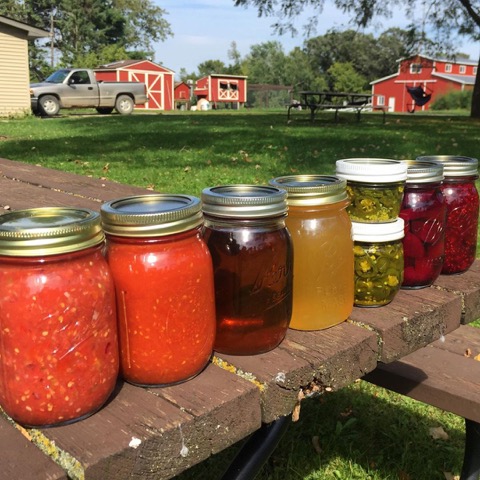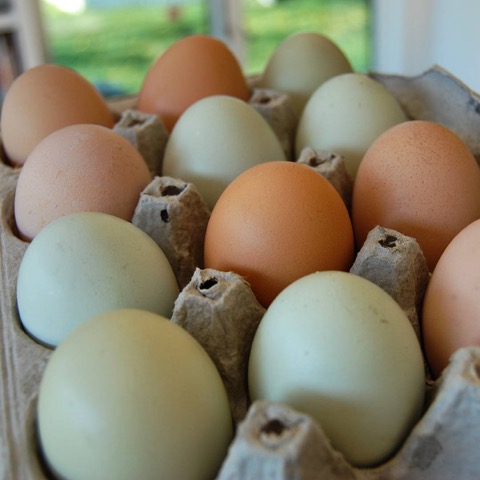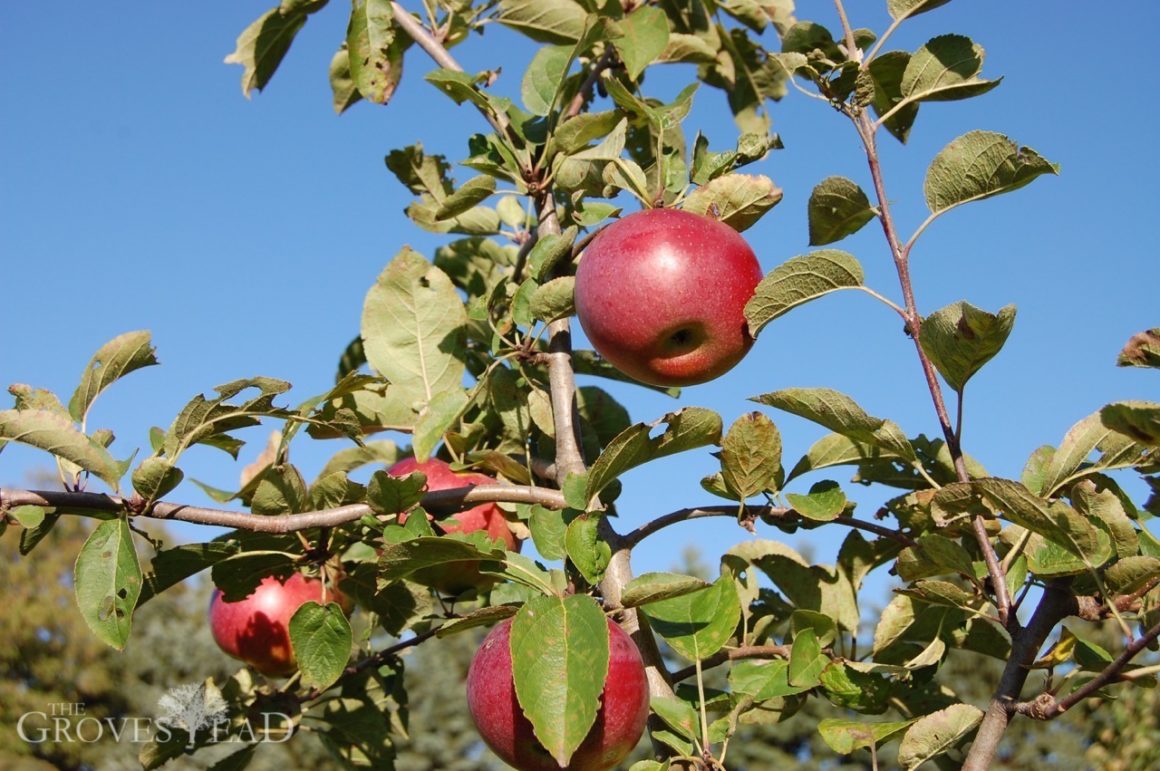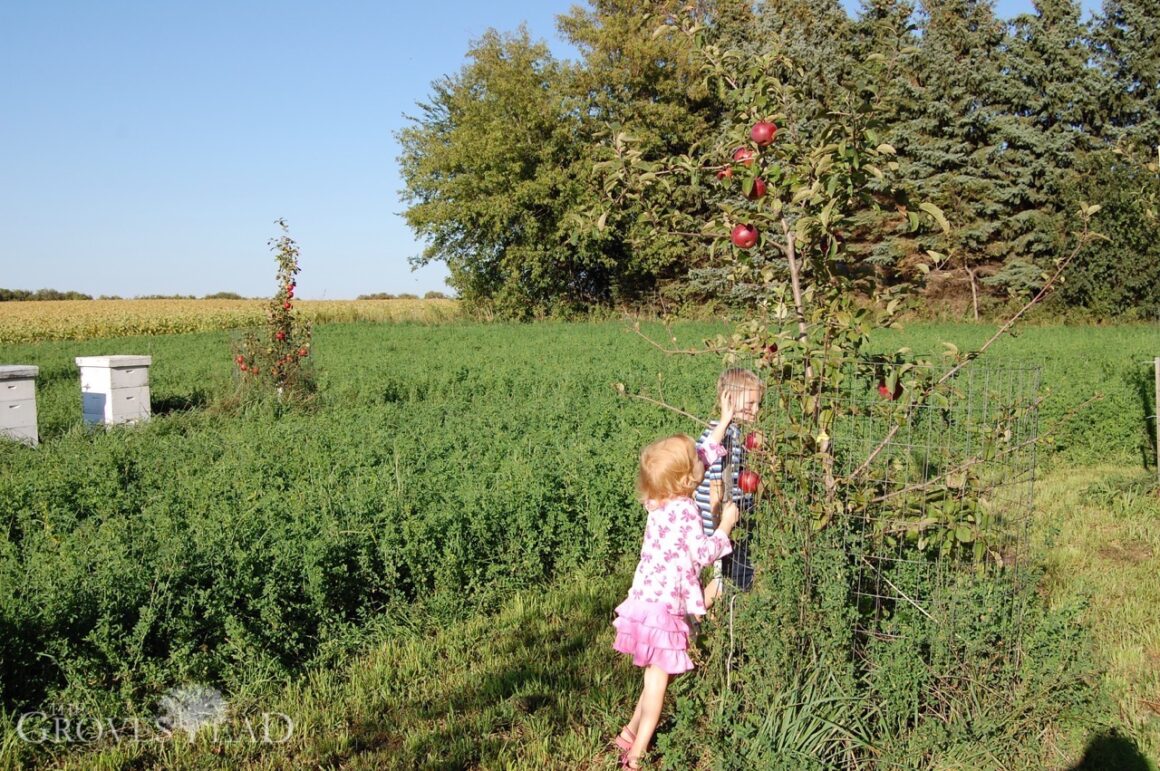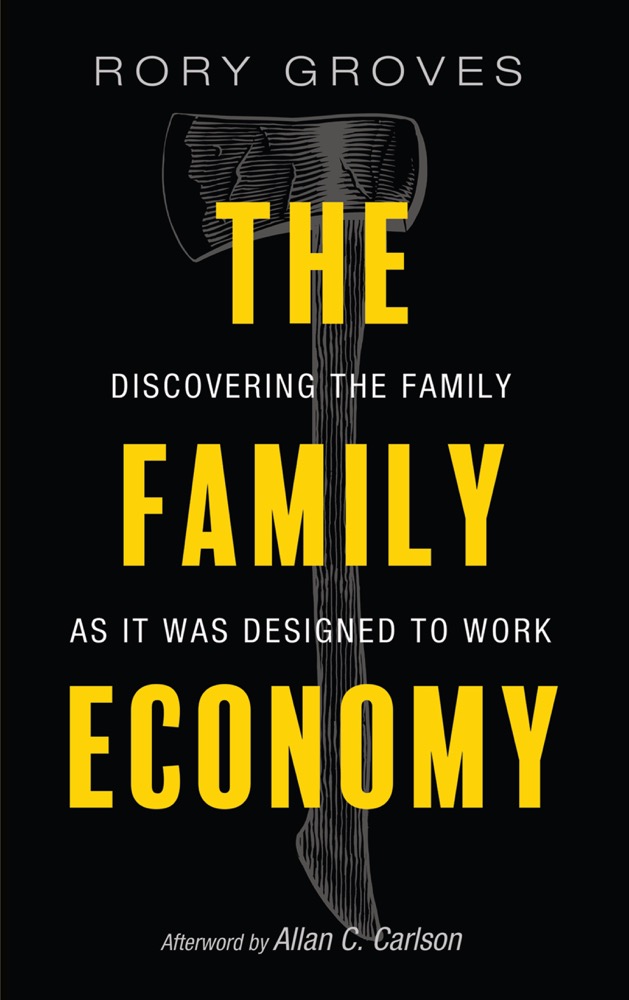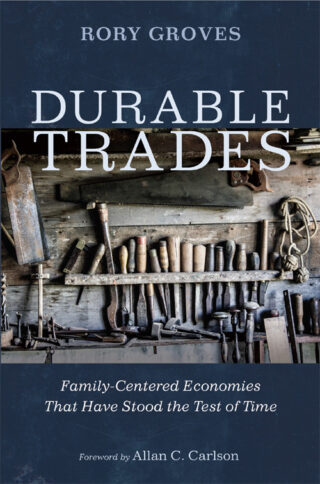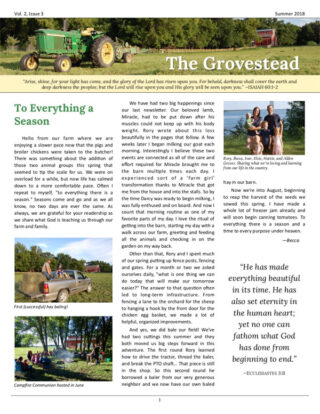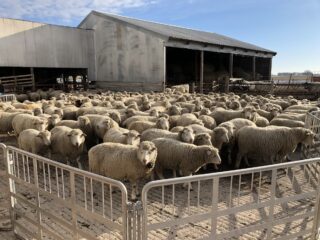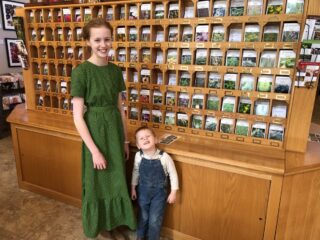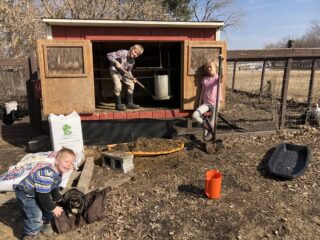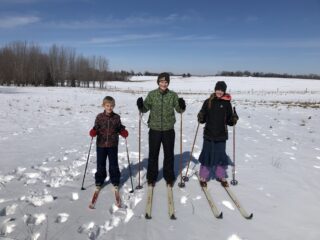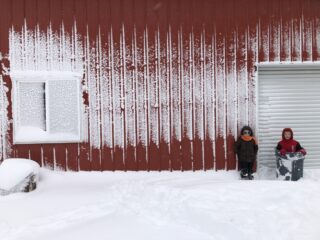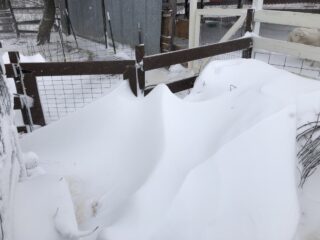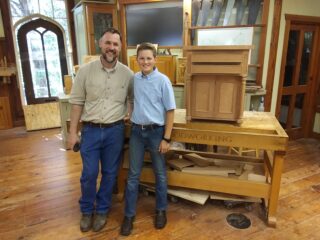It’s January and the seed catalogs have started arriving. I haven’t decided if their timing is a welcome respite or a cruel joke.
My new favorite catalog is from Fedco, and it’s actually not a seed catalog, it’s a tree catalog. Fedco is a reputable source for a lot of things, especially fruit trees. I was turned on to them by Paul Gautschi of Back to Eden renown.
We’ve had a ton of success with growing fruit here. Our 14 apple trees, raspberry, blueberry and strawberry patches have yielded the most bounty with minimal effort, and they keep getting better each year. So we’ve decided to keep going with the fruit-bearing gardens. Which brings me back to Fedco. At the end of the season we planted a cherry tree, and just this week we put in an order for 7 new fruit trees from Fedco to plant this spring. They are 3 plum trees, 3 pear trees, and one apricot.
Fedco’s catalog arrived a few days later and I’ve been enjoying reading their tree-care advice.
It’s chock-full of personal experience and hand-drawn illustrations. Really a joy to read. Several tips that I felt were worth sharing, if only to help me better remember:
Mulch
2-4″ of mulch out to the drip line to keep weeds and grass away (we use wood chips). Lay down cardboard or newspaper and put the mulch on top (of course, this is basically the back-to-eden method).
Pest Prevention
The Roundheaded Apple Borer is dreaded pest more commonly found on the East coast. “Borer beetles lay eggs under the bark near the base of the tree. The developing larvae tunnel through the wood, eventually weakening the tree until it falls over.” Look for small deposits of orange sawdust at the base of the tree in midsummer. Fedco suggests a unique approach to dealing with them: “When you discover a soft spot or hole in the tree, get yourself a can of compressed air (for cleaning computers). Put the long skinny tube nozzle up the hole and give it a blast. Should do the trick.”
Painting is the best deterrent.
Recipe: White interior latex mixed with joint compound (the sheetrock stuff). Mix a thick consistency but still easy to paint. This mix will deter borers and make their detection easier.
Mice and Voles
We have our share of these digging holes and tunnels through our yard, mainly. Apparently, we overfeed our cats because they’re not dispatching enough of them. Didn’t know voles could cause a lot of damage to fruit trees, however, so this was good advice: “Keep the grass mowed and remove large mulch piles away from the trunk in Fall [to prevent rodents from nesting there overwinter]. A wrap of window screening or plastic tree guard will protect your tree. Remove them from April to October as they attract borers if left on the tree in the summer.”
Voles don’t like Narcissus (Daffodils)
“For years we’ve been planting daffodils around the base of some of our apple trees … The tunneling voles don’t like the bulbs and will veer away.”
Dear oh Deer!
“The best deer protection is a collie in the yard.” Another option is to wrap each tree in circular fencing, this is what we did. But Fedco makes a brilliant suggestion: Raise the bottom of the fence a foot or so off the ground. This leaves open space to access the tree–for pruning root suckers, picking up dropped apples and adding mulch. The deer are only interested in the apples and new growth on branches, it won’t hurt anything to open up the bottom of the fence.
Aphids and Ants
“Aphids can do a lot of damage to apple trees… Whenever you see aphids, you will see ants climbing up the tree to feed them. Here’s an easy solution: Wrap a piece of stiff paper about 6″ wide around the trunk about a foot or two off the ground … Smear Tanglefoot (sticky stuff) on the paper. Ants will not cross the barrier and without the ants the aphids will die.”







